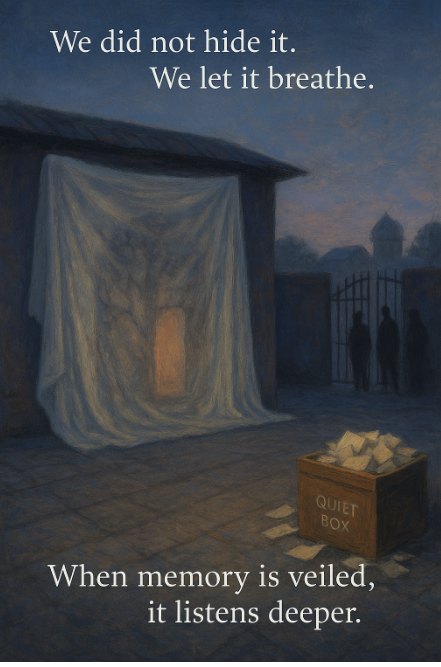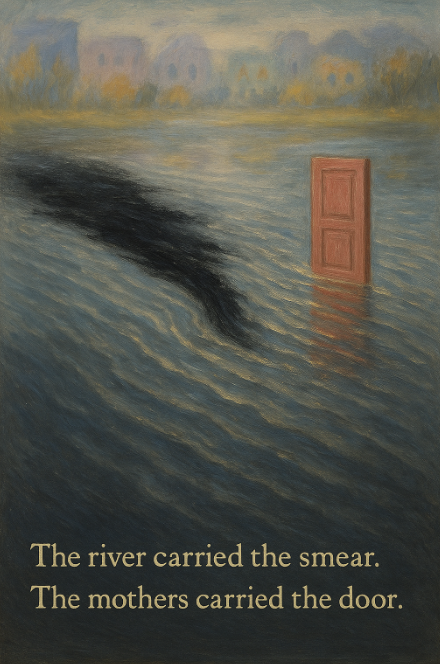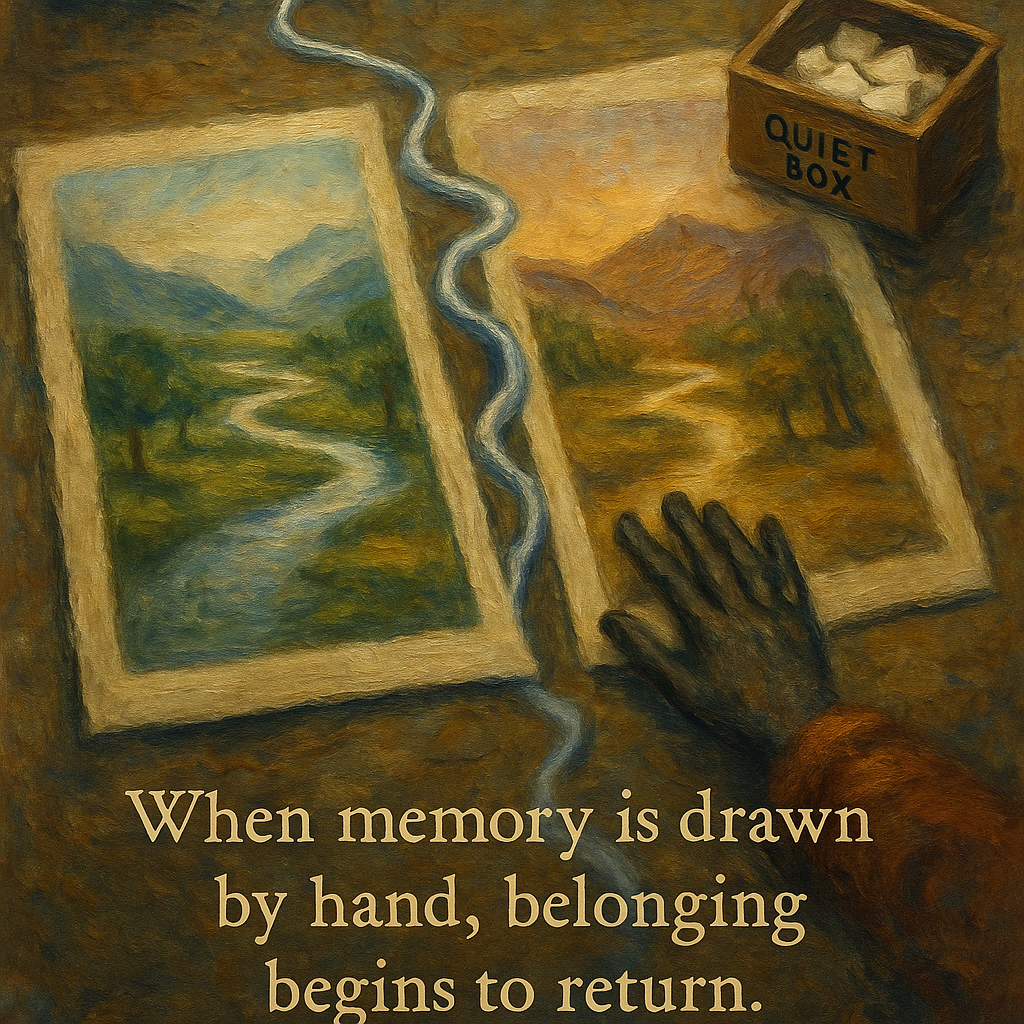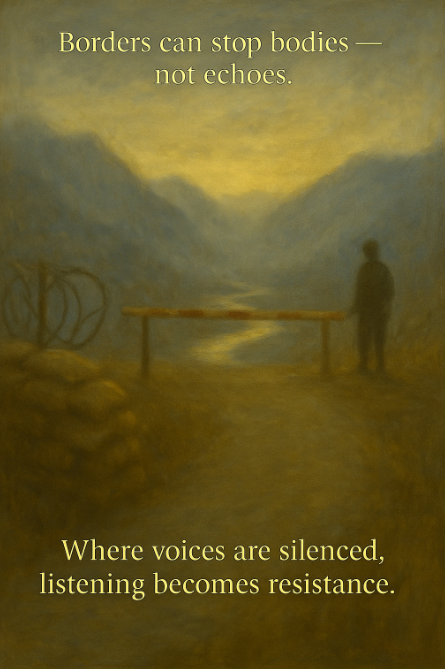The Letter in the Dorm
Date: September 14, 2027 – 11:47 PM Location: Room 312, West Quad Residence Hall, Ann Arbor, Michigan The radiator clanked like it had something to confess. Emil sat cross-legged on the carpet, hoodie zipped to his chin, eating cold ramen straight from the pot with a plastic fork. One bare bulb. One cracked window letting […]
The Letter in the Dorm Read More »
Leadership








